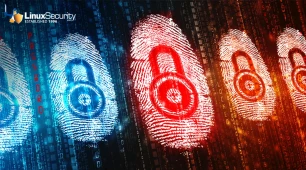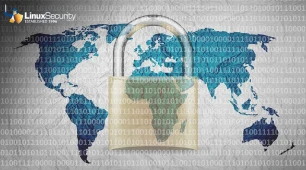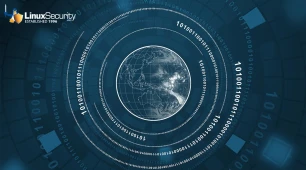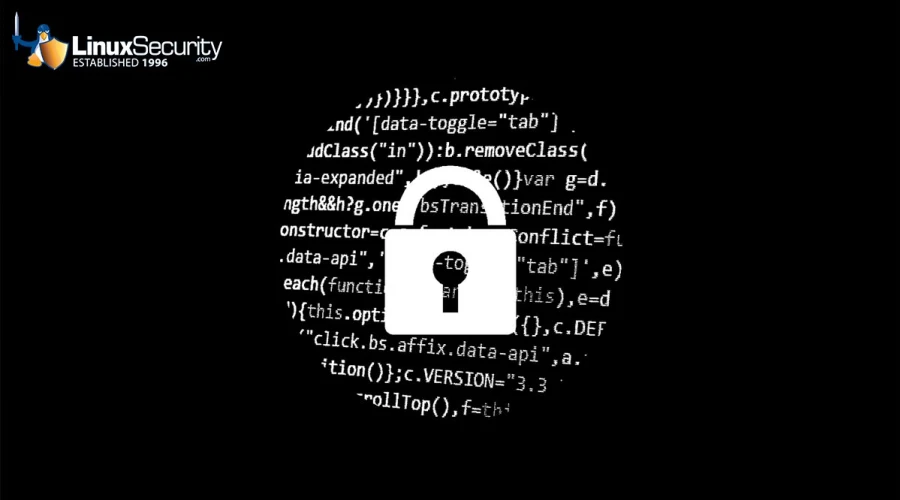
Linux security administrators take note: Doctor Web has identified numerous advanced malware trends that pose a severe threat to your systems. Extended Berkeley Packet Filter (eBPF) technology has emerged as a critical advance for threat actors, giving cybercriminals another tool to mask malicious activities and avoid detection.
Furthermore, attackers have taken to hosting malware configurations on public platforms like GitHub to blend into regular traffic without raising alarm. These tactics and the rise in open-source post-exploitation frameworks signal an unprecedented transformation in how threats are executed and concealed. Staying informed of these new techniques is essential in successfully protecting your infrastructure.
To help you prepare for these trends and future-proof your systems, I'll discuss Dr. Web's recent findings and their implications for Linux security heading into the new year.
The Growing Threat of eBPF-Based Rootkits
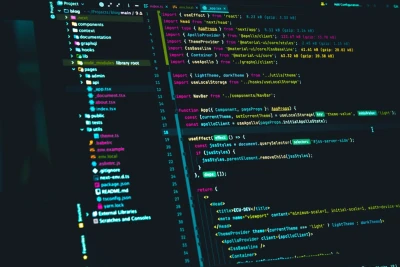 Doctor Web's research has uncovered an alarming development: the rise of Extended Berkeley Packet Filter (eBPF)-based rootkits. While initially designed for performance monitoring and network traffic analysis, cybercriminals have recently leveraged this technology to build sophisticated rootkits intended explicitly to execute malicious code within kernel space, becoming almost undetectable by traditional security solutions.
Doctor Web's research has uncovered an alarming development: the rise of Extended Berkeley Packet Filter (eBPF)-based rootkits. While initially designed for performance monitoring and network traffic analysis, cybercriminals have recently leveraged this technology to build sophisticated rootkits intended explicitly to execute malicious code within kernel space, becoming almost undetectable by traditional security solutions.
To combat eBPF-based threats, administrators must employ more advanced monitoring techniques that capture and analyze low-level activities on their systems. This may involve employing new tools explicitly designed to detect eBPF anomalies or using Machine Learning algorithms to recognize suspicious patterns that point toward rootkit presence.
Malware Hiding in Plain Sight: The GitHub Strategy
Another significant trend is the increasing shift toward hiding malware configurations on public platforms such as GitHub rather than using traditional techniques of concealing them on compromised servers or encrypted files. Using GitHub's normal traffic flow to hide their activities, attackers can keep their activities from detection by the public.
Administrators now face unique challenges when monitoring unusual network traffic: they must also scrutinize HTTP requests and responses sent between platforms like GitHub for suspicious traffic patterns that indicate data transfer without authorization, including tighter access controls or validation checks on outbound traffic to these platforms. Regularly scanning your system for links or connections related to repositories like GitHub can help you detect potential threats early.
The Advantage of Open-Source Post-Exploitation Frameworks
 Cybercriminals have become increasingly interested in open-source post-exploitation frameworks, which offer greater attack flexibility and sophistication than traditional cracked tools. Furthermore, these frameworks are readily available and updated by an active community of developers, making them attractive options for attackers seeking to remain one step ahead of security measures.
Cybercriminals have become increasingly interested in open-source post-exploitation frameworks, which offer greater attack flexibility and sophistication than traditional cracked tools. Furthermore, these frameworks are readily available and updated by an active community of developers, making them attractive options for attackers seeking to remain one step ahead of security measures.
This trend underscores the significance of staying current on all the tools and techniques attackers employ. By understanding how open-source frameworks operate and keeping abreast of updates to them, administrators can better anticipate potential threats. Furthermore, creating an inventory of all software and tools running on systems helps detect any illegal installations or activities taking place on them.
Enhancing Detection and Response Capabilities
With emerging trends like these, it is clear that Linux security admins must improve their detection and response abilities. Investing in advanced threat detection solutions that leverage Artificial Intelligence and Machine Learning has never been more essential. Such technologies can analyze vast amounts of data to detect subtle anomalies indicative of threats even before traditional methods detect them.
Integrate threat intelligence feeds into your security operations as an additional measure to stay ahead of potential attacks. By including threat intelligence as part of your incident response processes, you can quickly recognize and respond to new types of malware as they emerge.
Strengthening System Hardening and Patch Management
 As part of an effective security program, it's equally crucial to strengthen system hardening and patch management capabilities. Since cybercriminals often exploit known vulnerabilities to gain entry to your networks and systems,keeping software and systems up-to-date with patches is paramount. Regularly auditing your systems against security policies and best practices will allow you to detect weaknesses attackers could exploit.
As part of an effective security program, it's equally crucial to strengthen system hardening and patch management capabilities. Since cybercriminals often exploit known vulnerabilities to gain entry to your networks and systems,keeping software and systems up-to-date with patches is paramount. Regularly auditing your systems against security policies and best practices will allow you to detect weaknesses attackers could exploit.
Implementing adequate access controls is another crucial security measure. Restricting administrative privileges only to those requiring them and using multi-factor authentication can significantly lower the risk of unauthorized access. Furthermore, segmenting your network can prevent attackers from spreading laterally across systems once they gain entry.
Educating Your Team on the Latest Threats
Finally, educating your team on current threats and trends is paramount. Regular training sessions or workshops can ensure everyone in your company understands the current threat landscape and how best to respond. Foster a culture of vigilance where team members feel safe reporting suspicious activities without fear of reprisals.
Regular security drills and penetration testing can help your team stay alert to vulnerabilities in their defenses and identify gaps in them. By simulating real-world attack scenarios, incident response plans can ensure your team is ready for anything that comes their way.
Our Final Thoughts on Addressing These Linux Malware Trends
The landscape of Linux malware is rapidly morphing as cybercriminals employ increasingly advanced tactics to evade detection and compromise systems. From rootkits using eBPF technology to leveraging public platforms like GitHub to store malware configurations to open-source post-exploitation frameworks, the Linux malware threat has never been more significant! By staying aware of trends like these and taking proactive measures against them, such as advanced detection and hardening measures, security admins can better defend their systems while staying one step ahead of attackers.













